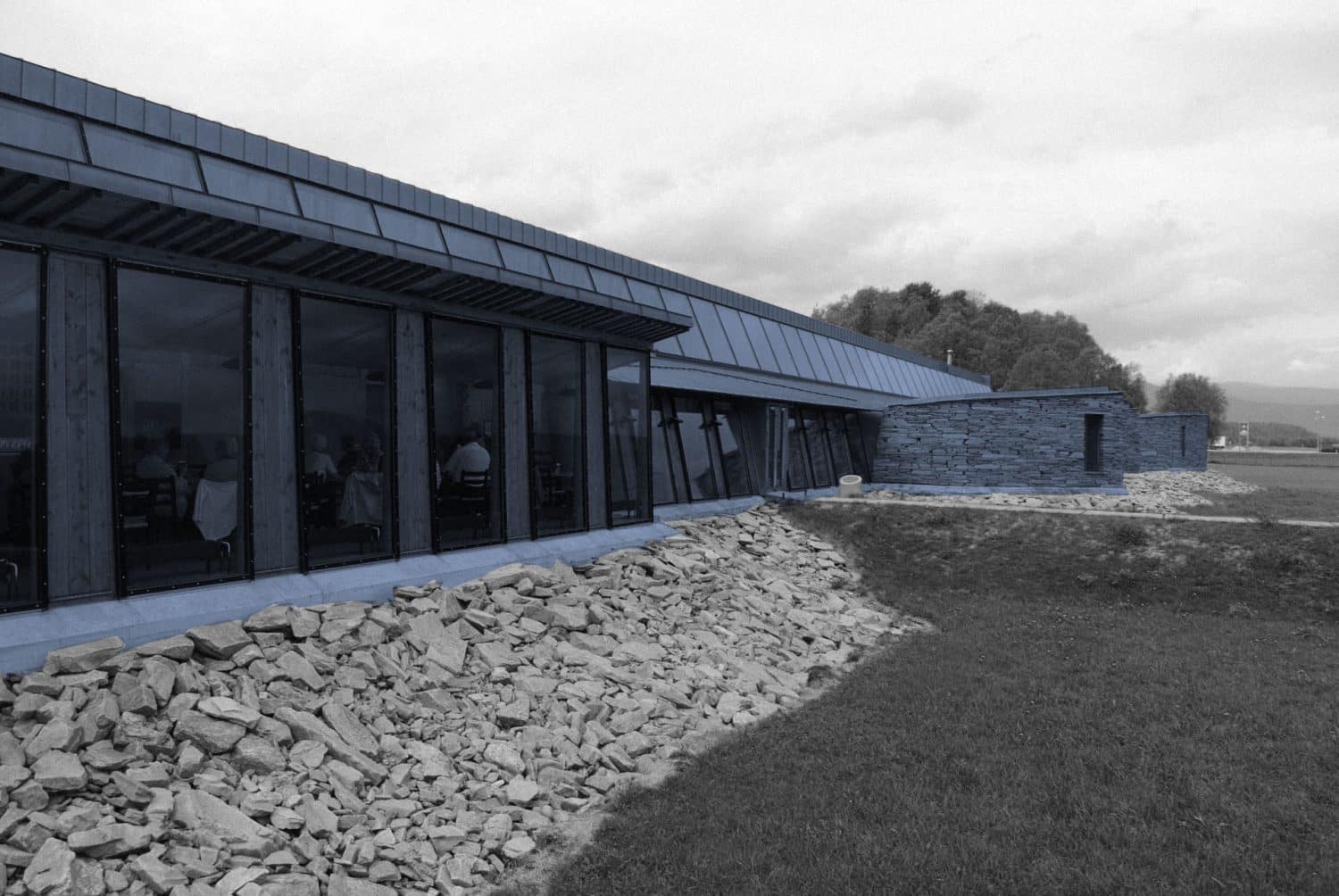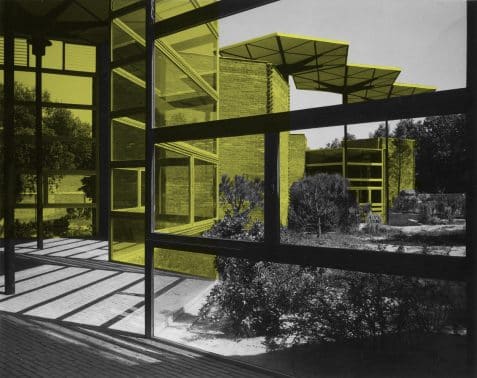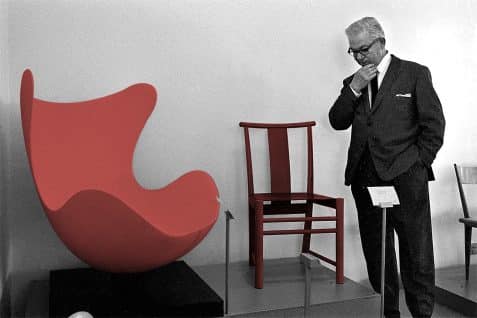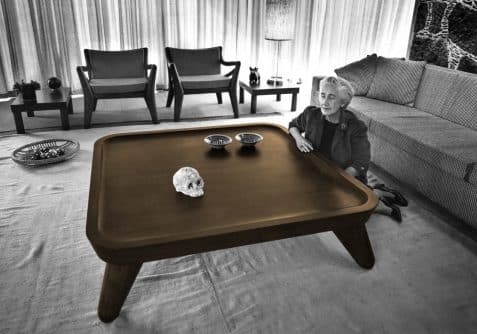INTERIOR
Sverre Fehn, poet of the straight line #Sverre Fehn
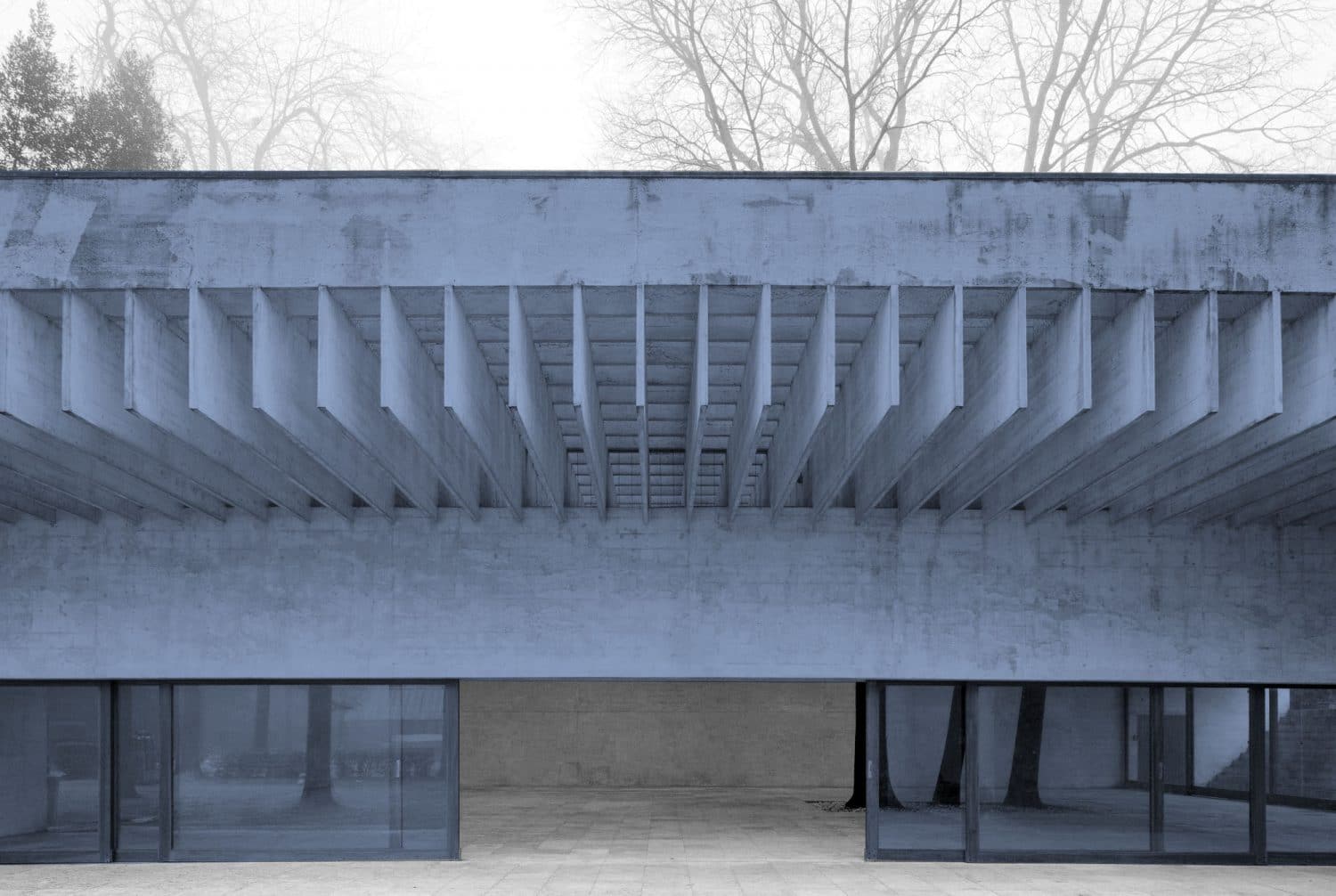
Until the development of its oil industry in the 1970s, Norway was one of the poorest countries in Europe and certainly the poorest of the Scandinavian countries. Despite that, a Norwegian architect was chosen to build the Nordic Pavilion, which encompassed Finland, Norway, Sweden and Finland, at the 1962 Venice Biennale.
The chosen architect, Sverre Fehn, had worked in Paris with Jean Prouvé, where he was also a regular visitor to Le Corbusier‘s studio. In those younger years he also visited Morocco to study its traditional architecture, following the advice of another Scandinavian architect, Jörn Utzon. Fehn was a clear representative of the so-called “Third Generation”, like Utzon or Louis Kahn. In that generation, the basic concept of architecture changed, going from the idea of space as a physical, mathematical, rational and functional entity, to the idea of place, as something more concrete, material, qualitative and defined by light and the texture of the materials.
Described by many as the “Poet of the Straight Line,” Sverre Fehn thinks in poetic terms, saying that architecture has a story to tell. The materials of construction are his alphabet with which he writes a story. For him, there’s no architecture without constructionJay A. Pritzker, Pritzker Delivery Speech, 1997.
For Fehn, the essence of architecture was both the idea – conceptual and philosophical- and the construction – solid and expressive-. Although the Biennale Pavilion is perhaps his best-known work, Fehn was also the author of other works such as the Nordic Pavilion at the 1958 Brussels World Fair, Villa Busk, the Norrköping House, the Skädalen School for Deaf Children, the Cathedral Museum in Hamar, the Glaciers Museum in Fjaerland or the Aukrust Centre. In 1997 he received the Pritzker Prize and the Heinrich Tessenow Gold Medal.
